A Few Lousy Flaws All Japanese Cars Seem To Have
(As a response to a blog challenge by fellow CTzen and friend Chadkake, I have decided to make an article of my own on a small list of lousy qualities that all Japanese cars seem to share.)
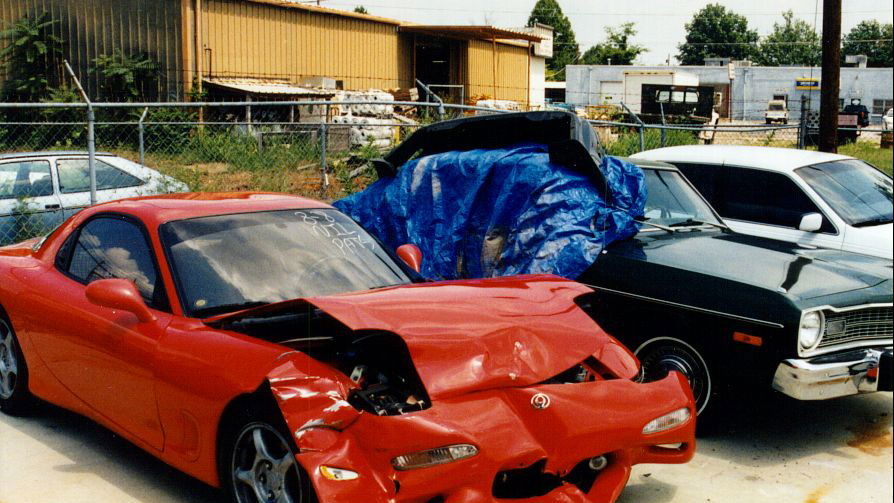
(As a response to a blog challenge by fellow CTzen and friend Chadkake, I have decided to make an article of my own on a small list of lousy qualities that all Japanese cars seem to share.)
Though we, as car enthusiasts like us adamantly claim to be a lover of all cars of all nationalities, it is undeniable that they have at least a sharper spike of preference to one particular culture of cars over the others, and there the others who are die-hard fans of one particular “race” of cars. There are the American muscle car fans, the Euro fans, the Aussie muscle car fans, the KDM car fans, and, one of the most prolific ones and a primary subject of this article: the JDM car fans.
Though often regarded as the underdogs of the car culture to some, especially from the more posh Euro fans and hardcore muscle car fans, it is no doubt that the Japanese car scene is quite impressive; other than introducing the world famous art of driving, drifting, and introducing the flavorful “Driving spirit for budget” philosophy, the Japanese car community has swiftly grown in influence to heavily compete with the American/Australian muscle car culture thanks to the Fast & Furious movies, highlighting tastefully modified Japanese sports cars like the Toyota Supra or Nissan Skyline GT-R, as well as the Initial D anime series, and eventually even gaining the attention of the Europeans with amazing, race-y cars like the Honda NSX and triggering the rather money-stuffed fellows with the budget luxury car hero in the 90s, the Lexus LS400.

However, just because of a few greats here and there, does not automatically make them the top of the line in terms of car standards; The Japanese automobile still has ways to go to actually decently compete with the other cars today in the elite section of cars, the part where a brand’s reputation is usually put in high stakes, though of course its mostly the Japanese cars that dominate the economic-levels of cars.
Anyway, like everything in this world, all cars have flaws in them, no matter how great they may be, and Japanese cars have them. Here are some pretty sucky things about Japanese cars that seem to be a running theme for nearly all of them.
1. They Generally Lack Significant Panache and Refinement
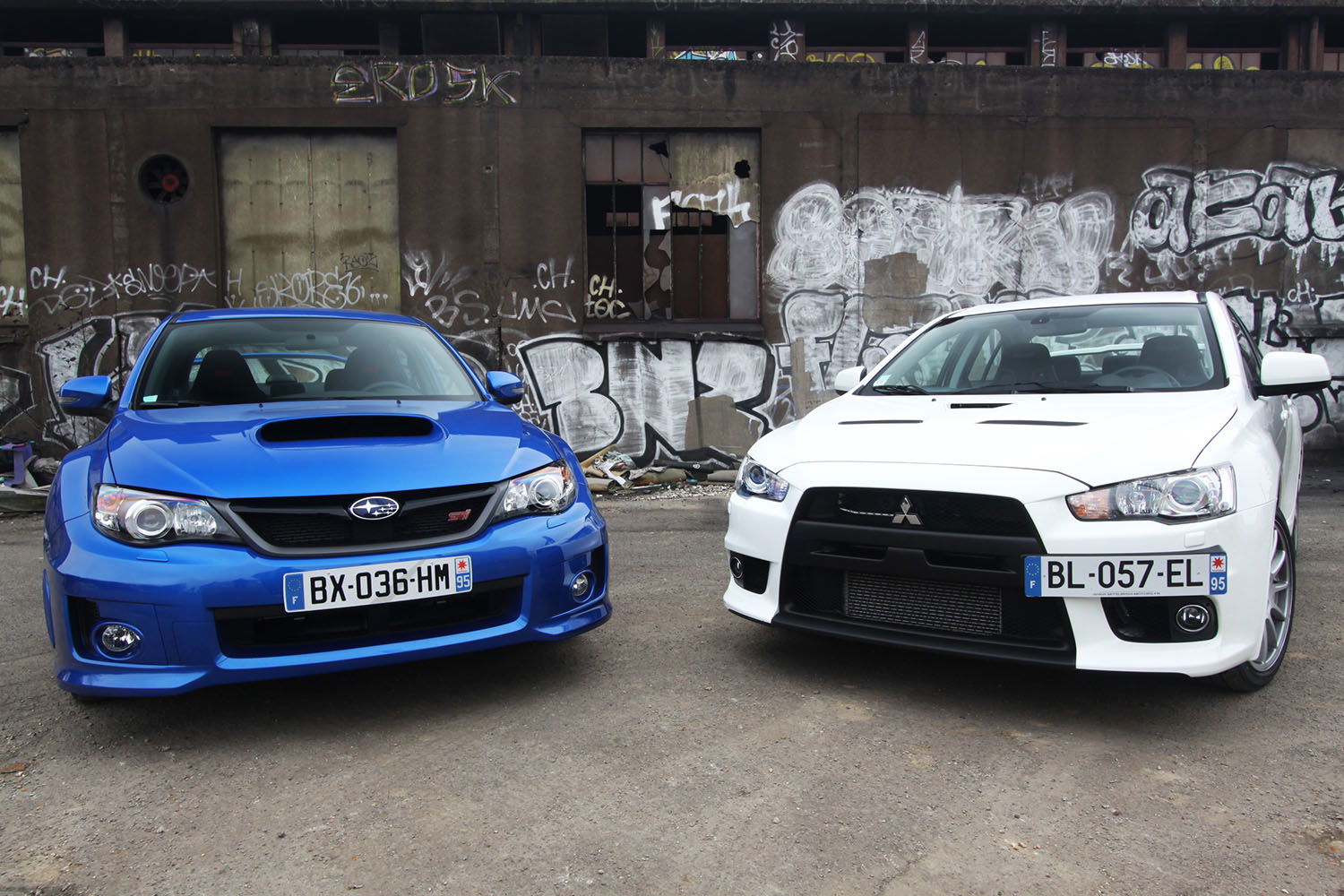
Take a look at the two cars above, the Impreza WRX STi and Lancer Evo. Now, being fairly modern and equipped with some useful tech can be nifty and no doubt improves refinement quality, but they really just do not prevail in the refinement and finesse department all that well. Yes yes yes, calm down now, don’t raise your pitchforks and point your shotguns at me, these weren’t really built with comfort and refinement in mind as a primary objective, but when you try to evaluate the overall stable build quality of these at a socially and ergonomically comfortable level, you’ll find much to be desired.
Even though the “luxury” trio of Lexus, Infiniti and Acura provide with their fairly impressive cars, they still have that cheap feel to it no matter where you look within their cars compared to their competitors like the German trio, Mercedes, BMW and Audi. While they are still more luxurious and refined than most other cars, when compared to their foreign competitors, they often leave much to be desired.
With intriguing projects and future cars coming up from Lexus and Infiniti, though, the game might change for them, but we will never know until it happens…
2. Jack of All Trades; Master of none.
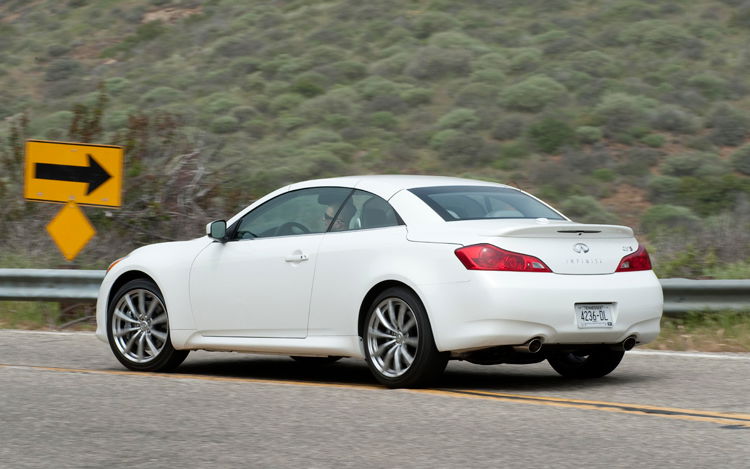
In the modern times, with the growing dominance of European cars and also rapidly improving American cars, especially Ford, for example, Japan, though (arguably) their peak of car stardom was during the 90s, they seem to have slowly but surely fall off in car culture dominance by the end of the 90s, transitioning into the mid-2000s era, mainly because of a staggering Asian economic crisis that has also resulted in the demise of a handful of great Japanese cars like the Toyota MR2, then known as the MR-S in the final edition, for instance.
Japanese cars today seem to have a “Jack-of-all-trades, master of none” syndrome. They try to be good at all the major roles at once; practical, sporty, economical and efficient but they cannot seem to perfect that formula excluding Mazda or Honda today. Like shown above, the Infiniti G37 has a very strong case of that: It is a luxurious sport coupe, but more a GT car. A lackluster one at the very least; it tries to be luxurious, but in the end still feels very Nissan-ish and inexpensive, it is quite fast and sporty but not quite as fast or sportier enough than its rivals like the Audi S5 or the Ford Mustang GT (okay it may cut close to the GT).
You know what, it is essentially just a Nissan 370Z donning a thick tuxedo with extra pockets (of space).
In terms of motorsports, while they are fierce competitors, sadly, these days they have fallen off greatly in motorsport dominance; Keiichi Tsuchiya may be the father of car drifting and a living legend, but Ken Block has been in the spotlight these days and is now the current hot stuff in terms of professional and show drifting, as seen from his Hoonicorn and Gymkana stunts, though the most adamant of Japanese drift scene fans may disagree. In motorsport, though once Nissan, Honda and Mitsubishi may have been iconic victors of Group A, Formula One and WRC respectively, they too have mostly fallen out of the top standing in the podium, and some could say they are a shadow of their former selves.
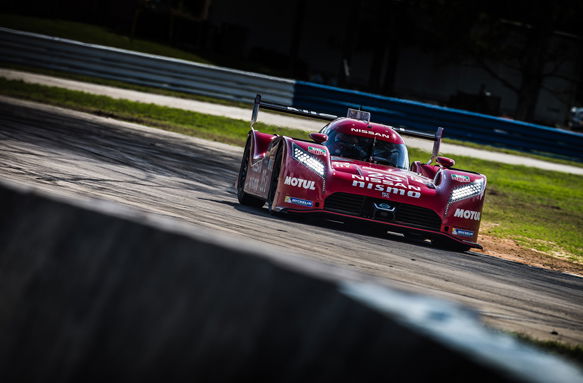
Today, you don’t get to see too much Japanese cars that ever get fondly remembered or lustfully covetous these days in the general market, save for a few like Nissan’s R35 GT-R, Mitsubishi Lancer Evo X, Subaru Impreza WRX STi or the Lexus LFA in 2010, but over the years, these cars too have hardly changed for the worse; the GT-R has fallen off in competition and slowly becoming irrelevant due to better competitors like the Porsche 991 911 Turbo S or the Chevrolet Corvette C7 Z06, the Evo X is officially discontinued, the WRX STi seems to have f-cked off ever since the new Honda Civic Type R and Ford Focus RS came back to play, and the LFA is not “general market” for consumers, even though it is an awesome car.
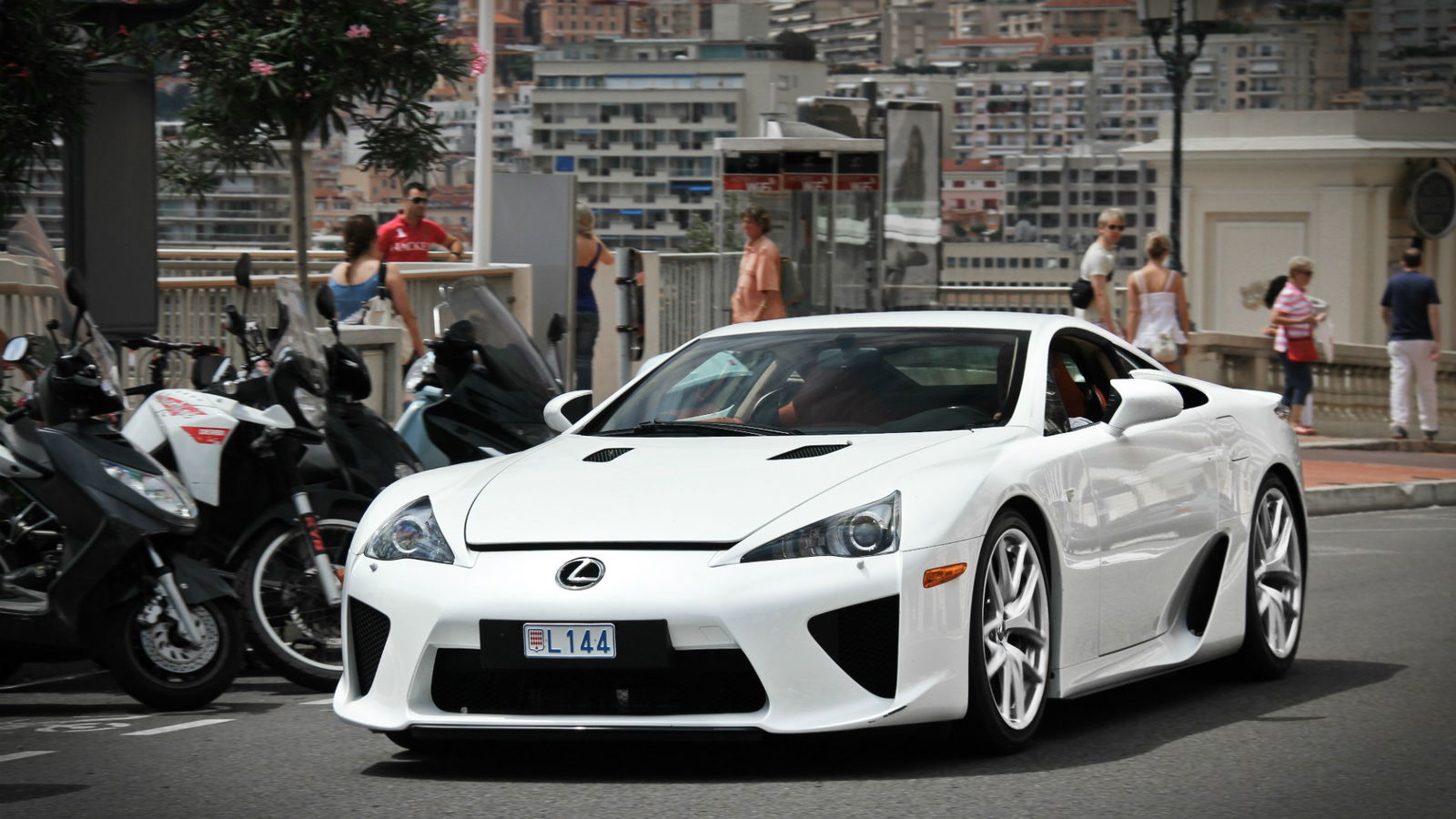
3. Some Of Their Cars Are Overhyped Beyond Redemption
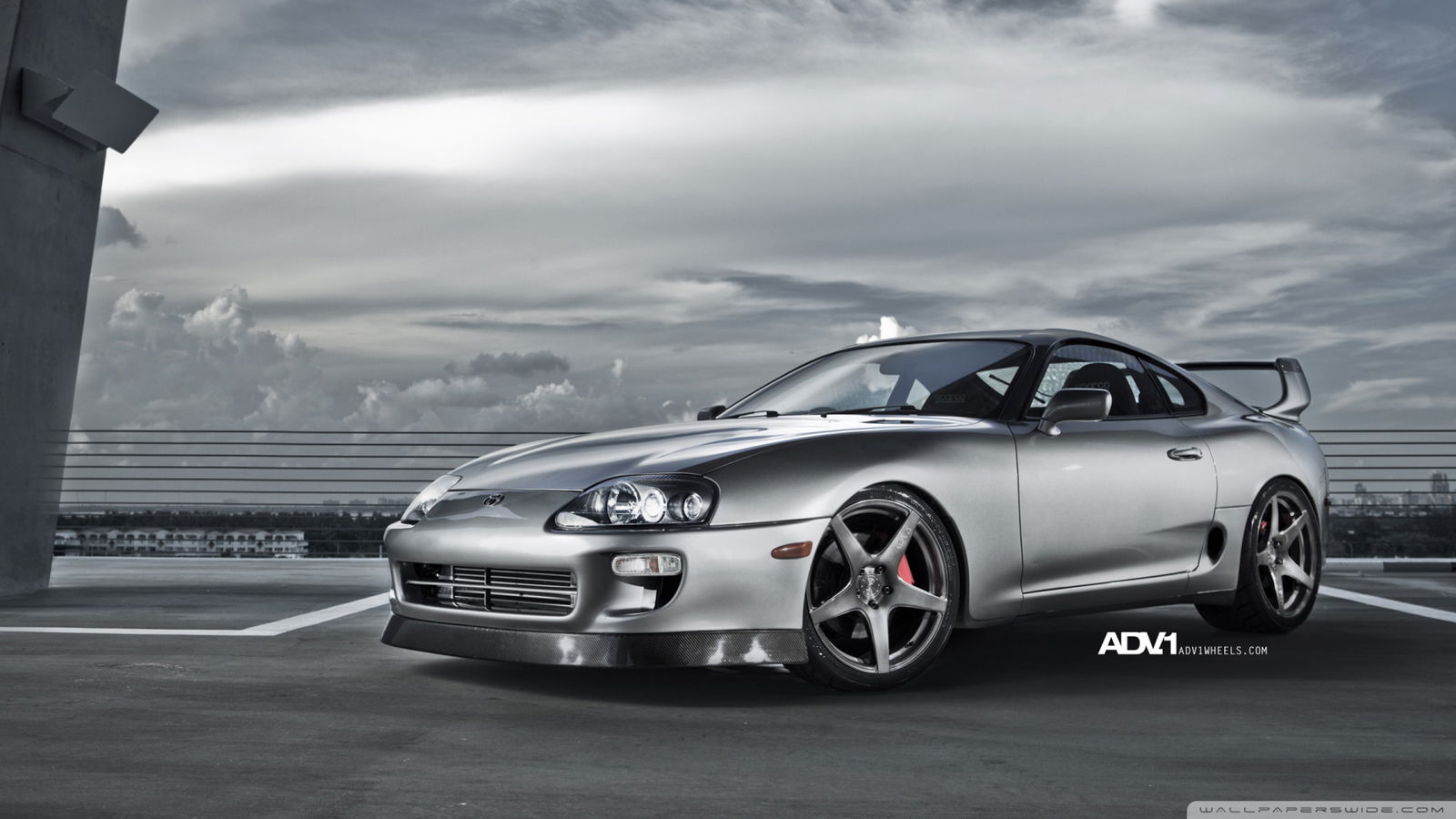
The Toyota Supra has a strong case of this one, as well as the Nissan Skyline GT-R R34 and GT-R R35, mainly due to the Fast & Furious franchise and Internet exposure among many other factors. Yes, this problem doesn’t only apply to Japanese cars, but never has there been any other car out there which has had as much volatile and divided fandom as Japanese cars, mainly due because their budget-level pricing has had a natural appeal to the younger generation with such high ambitions to turn their Japanese econo-box into a monster of sorts, which leads to the more unsavory kind of fans to become infamous “Internet cancer”. Don’t be those kind of people.
Also, this overhyping causes these cars’ prices in the second hand market to skyrocket to unjustifiable levels of money; in the USA, a good Mk4 Supra with little to no mods that is manual will cost an average 40,000 to sometimes 90,000 dollars. NINETY THOUSAND. THAT’S ALMOST CLOSE TO 100,000! HIGH-END SPORTS CAR LEVEL MONEY.; And what do you get for that colossal amount of money? Well, a comfortable, decently fast, refined, very reliable and well-handling GT car with at least 326 HP and a slick 6-speed manual shifter and that’s it.
Don’t get me wrong, the Supra is an amazing car, but the average price for a good manual Supra is way too much to ask in my opinion. If you’re still determined for a Supra, then that’s totally up to you and it’s fine, but also, with 40,000-90,000 dollars you can also get these other amazing, new cars with that money:
(Disclaimer: I am not trying to discredit a Supra within that price range. I am just merely stating a few [potentially biased] recommendation of brand new cars you can get for that price range.)
$40,000 or less: Ford Focus RS Mk3
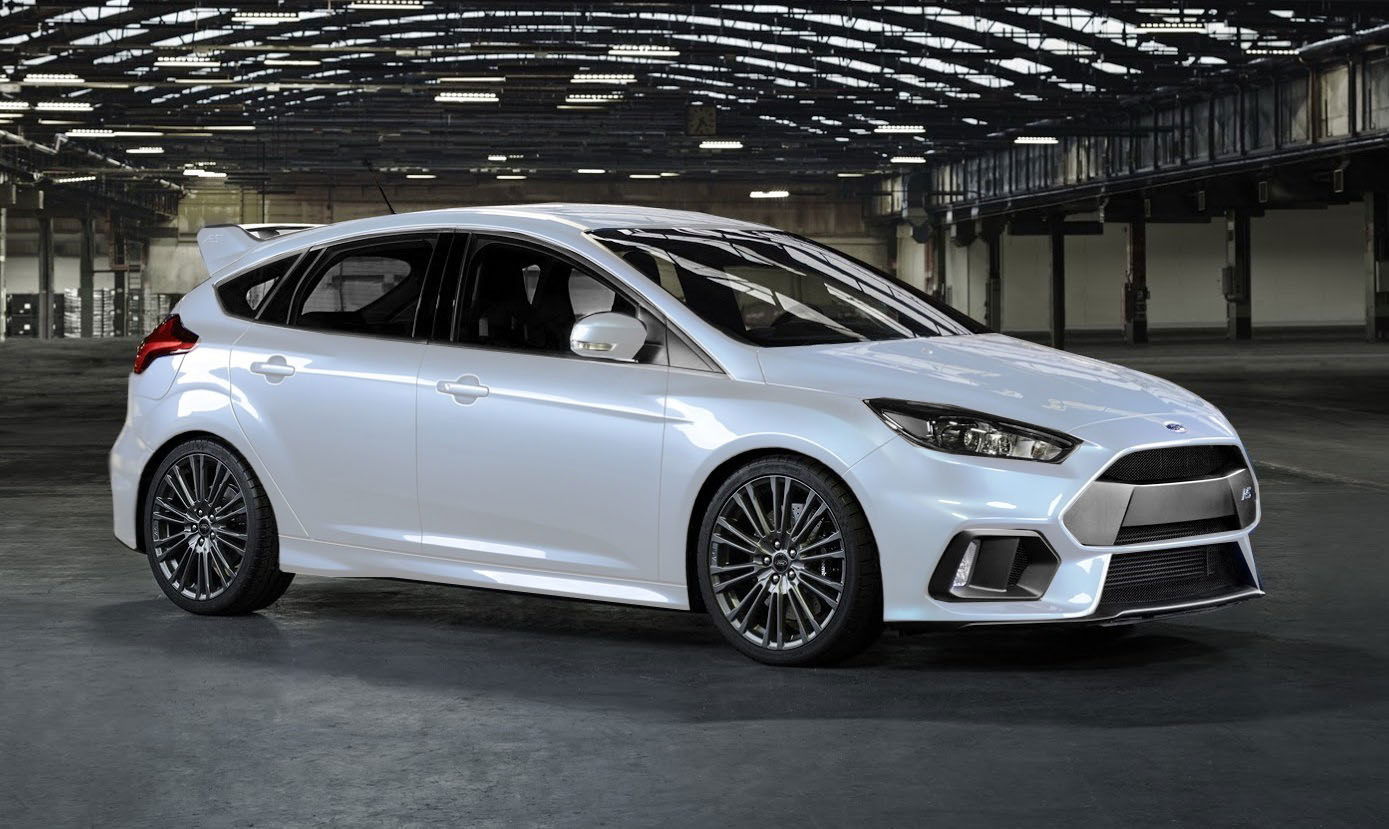
You can get yourself the modern generation worldwide for about that much money and still have some left to spare. Though it may no longer be FWD, that is a small price to pay for a smart AWD system, a sporty manual shifter, more power, and a DRIFT BUTTON! (No. It doesn’t magically turn you into Ken Block doing Gymkana so don’t get your hopes up.) Other competitors would include the Ford Mustang GT, Chevrolet Camaro SS, and the Mercedes A45 AMG.
$50,000-$65,000: BMW F80 M3
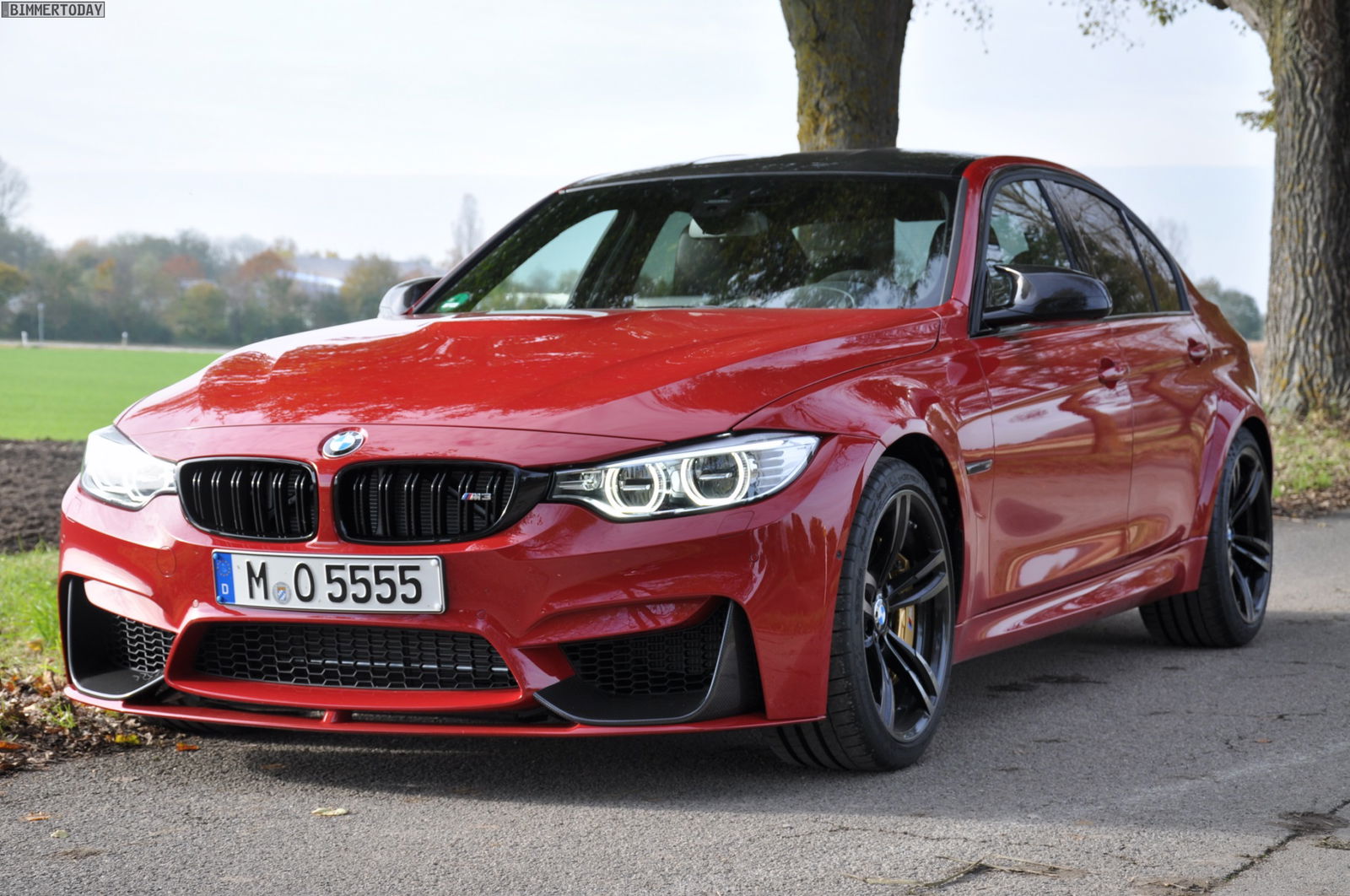
Yes. You may cringe about how overly praised the M3 F80 can be, but there is a reason why. It is one of the fastest and sharpest sports sedans out there in the market, and, though it may have a soulless feel compared to its predecessors, there is no denying on its engineering, speed, and aesthetics. It is one fine German beauty, and no doubt one of the best cars BMW has made as of this current generation. Other competitors would include the Cadillac ATS-V and the Audi RS4.
$75,000-$90,000: Porsche Cayman GT4
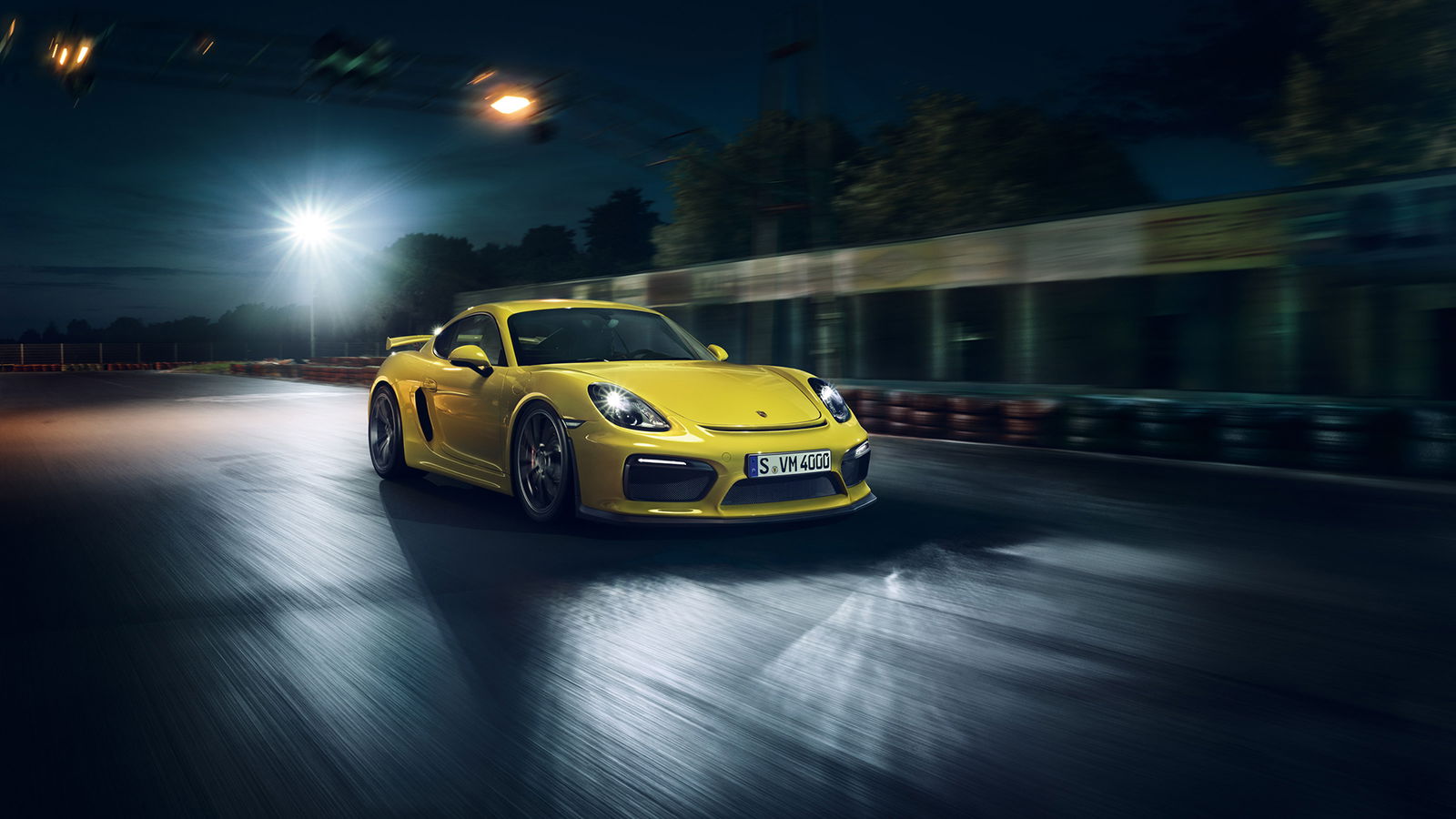
Honestly speaking, there is almost no argument here. The Cayman GT4 is as much “sports car” as you can get from the Porsche dealership today, save for the Porsche 918 Spyder or the 911 GT3. This little terror is the stuff of wet dreams for many car enthusiasts and car collectors alike for many reasons, apart from performance and pedigree; it looks the part too. Other competitors would include the Jaguar F-Type, BMW M4, Mercedes C63 AMG W205, the Dodge Hellcat cars, and the Cadillac CTS-V.
Hey, but if you’re a diehard Toyota fan and a Supra enthusiasts and you are willing to spend that much for a mint Supra, I don’t see why you shouldn’t. The Supra is a great car and to get one in mint condition today is certainly not an easy task, and you have some impressive determination for it.
CONCLUSION

So this tops off my personal list of a few flaws all Japanese cars seem to share. I might be wrong in some of this, but I can’t deny but sense these flaws in all of them. I don’t have any practical experience, so this is a speculative list as well. It doesn’t mean I don’t know my stuff. I am ultimately a Japanese car enthusiast at heart, but that doesn’t mean I would blindly love them and them only, because there are many, many cars out there that aren’t Japanese but still worth falling head over heels for, and some that might even make you reconsider your alignment on car culture, which can only be attained by the best of what those cars can offer.
Japanese cars. Many of them are amazing for their budget prices, though sadly to say, they are far from what they were used to be. At least, compared to their more glorious eras like the 90s… Or basically before the infamous Economic Crisis happened.
chirp chirp
ヾ(⌐■_■)ノ♪
(This is a very late response, but I mustered up the motivation to do it)
Comments
A bone stock 2016 STi vs the Focus RS. The STi is faster in the quarter mile by .1 seconds. Faster 0-100, they weigh the same and the STi has 50 less HP and 60 less torque. The RS is so over hyped.
‘Rapidly imoroving american cars’? You mean leefsprings and cheap plastic?
well written article. Im a jdm fan, but I do agree, japanese manufacturers don’t make cars the way they did before. im watching honda though, it seems like they are making an attempt to come back…
focus RS global production make it rare, canadian price are over the MRSP too.
guess hunger sale would actually attract more buyers(to wait in line?).
Stupid waste of time reading this,
You have to look at cars like the supra the sane as classic muscle cars these days. They have become collectors cars. The people who grew up with those cars have money now and want to fulfill their childhood dreams and are willing to pay for it. It started with muscle cars at auctions like Barrett Jackson, a few years ago cars of the 80’s took a big jump (air cooled porsches, e30 M3’s), and now the 90’s are on their way up because the dominant middle class grew up with those cars and are willing to spend money on them. It sucks for us who want to be able to afford these cars, but it is how the marketplace works.
I disagree with the notion that car fans have a preference for Japanese, Euro or muscle cars. True enthusiasts will have preferences within each sector, but should be able to appreciate good cars from all parts of the globe. My current car is a Japanese sports car, my next car will be a muscle car and I might buy a European car when I’m wealthy and can afford the maintenance.
Having said that, there are parts of the world that haven’t produced much for anyone to get excited about yet: Korea (except for maybe a Hyundai Genesis coupe), China, Malaysia etc. I haven’t met a die-hard enthusiast who is a fan of cars from any of these countries… yet.
Nice mention to Senna, he also drove a 91 Civic sometime. It’s not just japanese, it’s asian cars. Korean cars can be more complete and add more parts such as an automatic for sheer status, but kills most of the fun of driving a stick shift, still, they cost dirt-cheap to own. Don’t really see JDM dying mostly thanks to merges with other makes and building and sharing parts and platforms between many cars.
Lexus LC and Toyota Supra are here now! Acura NSX too
Pagination